Seûln the Mother
She Who Cries
Origin and Stories
The Danatelians have a few iterations of their cosmogony, which detail the creation of the world and of the natural order. In most versions, Seûln was created at the dawn of time by Matazel the Lonely like all of the other major gods of the Saohri pantheon. From one of his eyes Matazel made the moon, and from the other he made the sun, and placed them both up in the sky.From high up Seûln watched as Matazel shaped the earth from his limbs, turned his bones intro trees, and breathed life into the world. She watched as Aher the Free created all living things, and as Deïmon the Bright taught the mortals how to use fire to create. For most of her life Seûln was content to simply watch the world below, until she grew lonely in the night sky. She longed for the love she saw amongst families down below, and the desire for a child of her own grew day after day.
And so the Moon went to see Love, and asked her for a child. Love could not give her one, but she told the Moon where she could find what she most desired.
Under a weeping willow Seûln found a child, abandonned by their mother. She took them to the sky and named them Laykan. They grew among the gods like one of their own, until one fateful day as they came to pass as they explored the realm of mortals. Many iterations of stories and myths exist regarding death of Laykan, but most see them killed by some monster or fearful mortal. Heart-broken, Seûln goes to fetch their child from the hellish depths of Almayot itself, and thus Laykan returned from the dead, forever to live among the sky.
Appearance: Seûln is typically depicted as a woman, wearing a large lunar headpiece. Her skin is deep blue and covered with stars, and she wears layered and flowing robes.
Domains: Grave, Life (the Mother), Death, Twilight (the Neverseen), Knowledge (the Silver Eye)

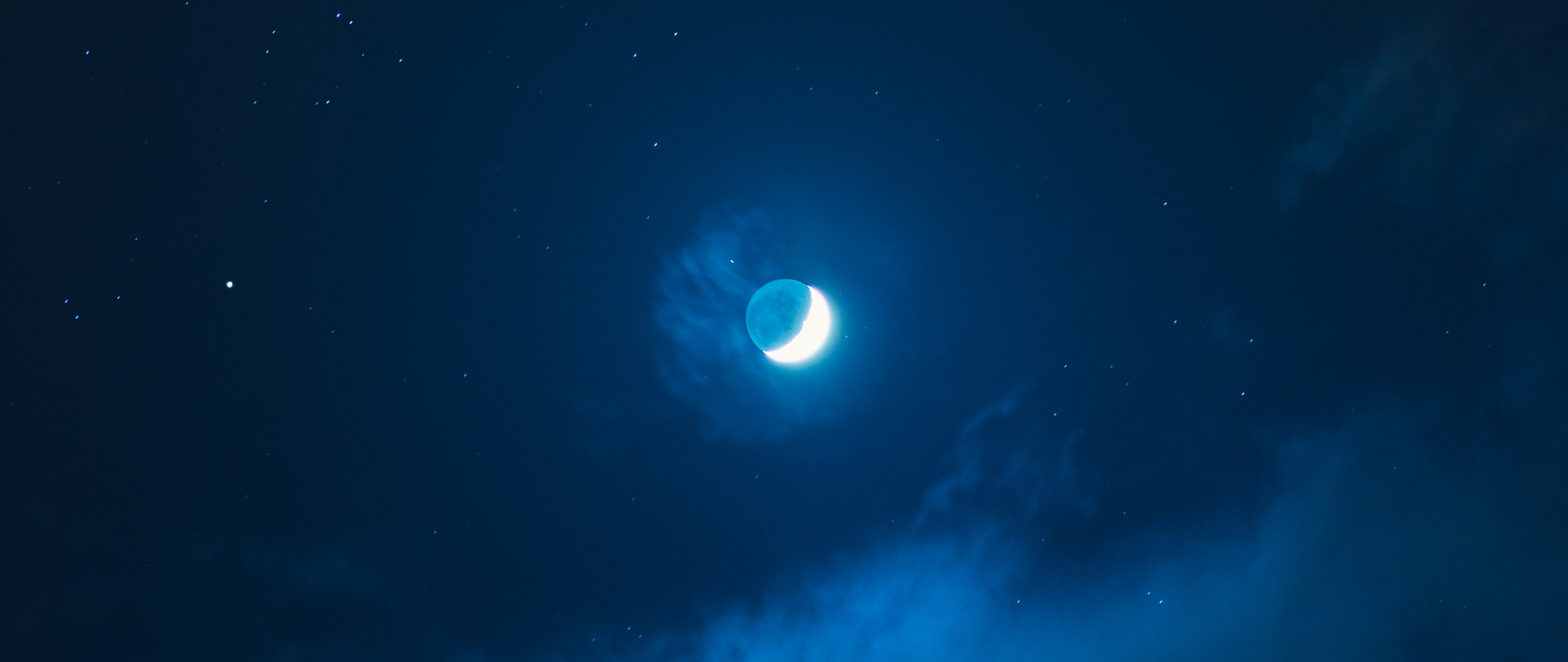



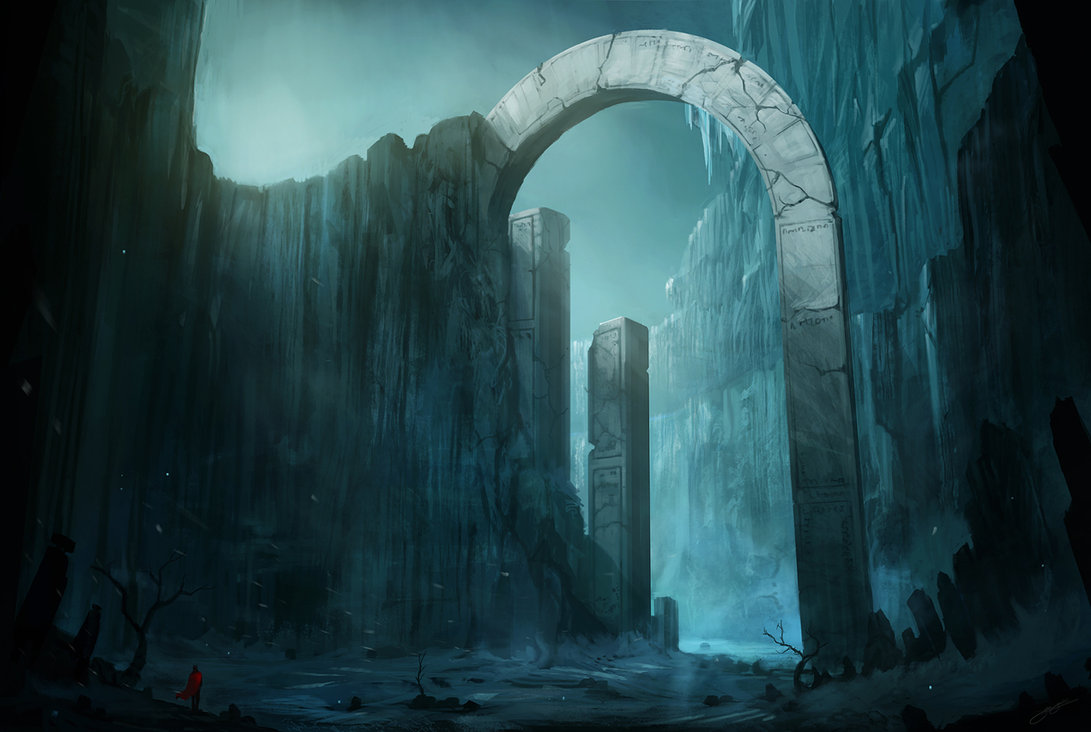
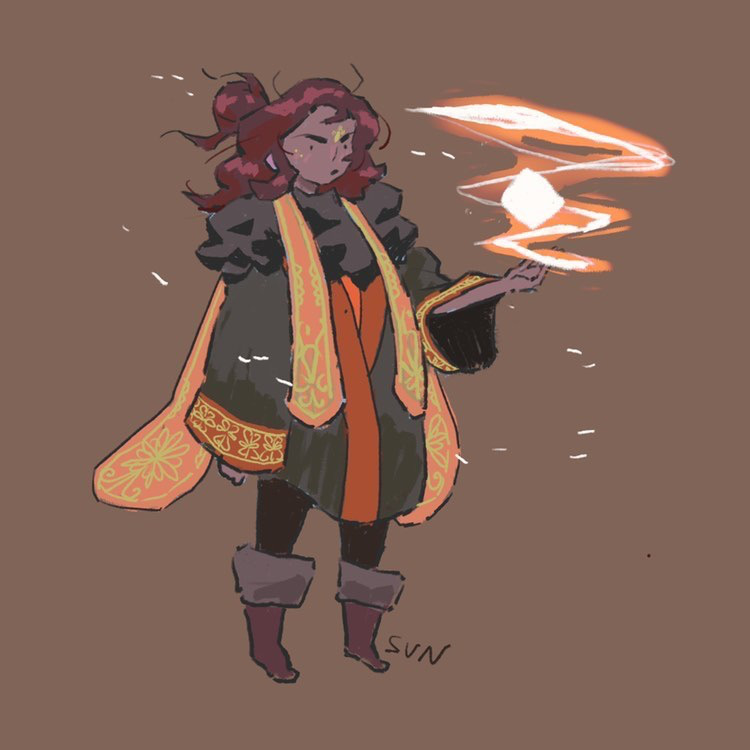

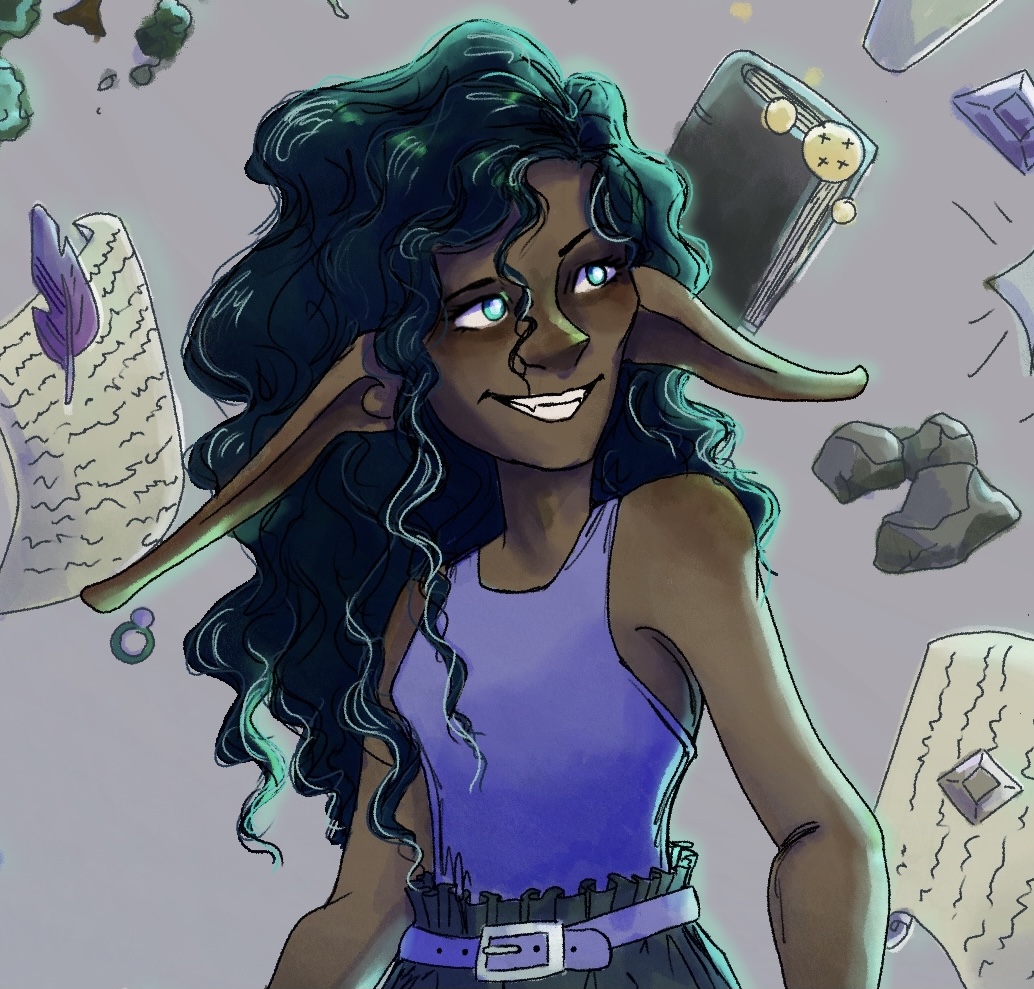
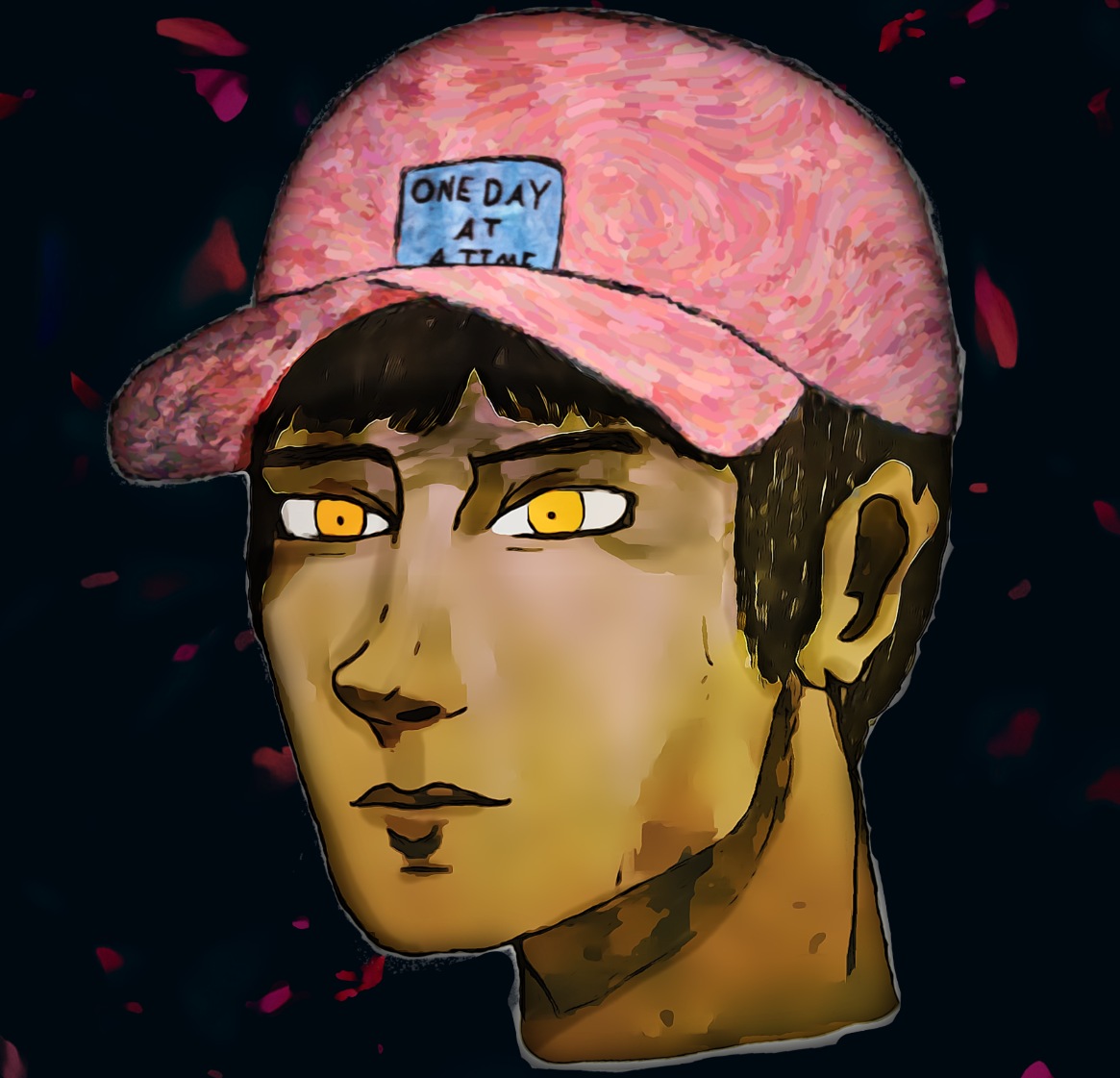
I think this is one of my favourite articles from you, Changeling! I remember something about the myth of Seûln from Summer Camp, but I love how you've taken that and expanded on it here. I really like how the clerics and priests adapted to the schism in their goddess, building mirror temples underground. The last paragraph is rather ominous. D: I want to know more about all that in the future!
Aaah, thank you! Yeah, I'm pretty proud of that one so I'm glad it stands out to you! Spent a good deal of time playing around with the idea so I'm happy you like the details :) And yeah, probably gonna have an article about some of these cults some time soon (well probably not, but one can hope). Thank you for taking the time to comment!!